Why are humpback whales flocking to the UK?
Humpback whales are typically infrequent visitors to the Cornish coast, but this year they've been spotted in increasing numbers in the South-West, the Isles of Scilly and as far up the Channel as Sussex.
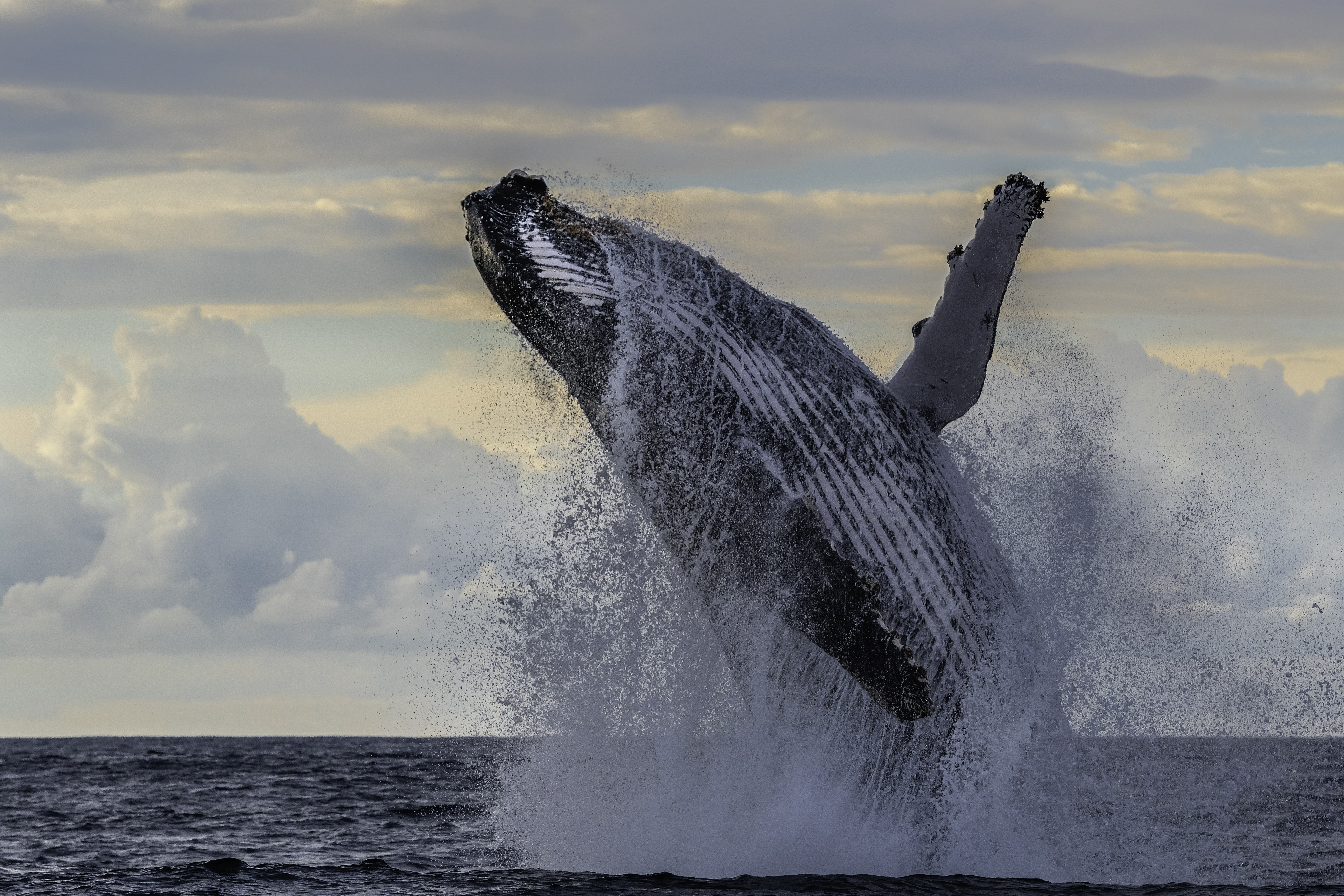

Humpback whales have been photographed breaching off the Cornish coast, in the Isles of Scilly and as far up the English Channel as Sussex.
The giant cetaceans — adult humpbacks can grow to be 56ft long (17m) and weigh up to 40 metric tons, about three-and-a-half times as heavy as a cruise ship anchor — have been putting on a show for unsuspecting walkers, kayakers and fisherman since the New Year, in increasing numbers, despite the fact that their presence in southern UK waters is — or used to be — relatively infrequent.
A post shared by Sussex Dolphin Project (@sussex_dolphin_project)
A photo posted by on
And though numbers in the South-West have been steadily increasing for the last few years, activity — including breaching and fin-slapping — in the eastern Channel is almost unheard of.
Winter is always the best time of year to spot the animals, regardless of where you are, because it’s when they begin to migrate southwards from places such as Norway to warmer waters around Cape Verde where they mate and give birth to their young. To date, sightings in the Channel have been made in Rye, Pett Level, Fairlight, Hastings, St Leonards, Bexhill, Pevensey and Eastbourne. Earlier sightings were also made at Beachy Head, Sussex, and Dungeness in Kent. In a single, 11-day period, there were 17 recorded appearances around the Isles of Scilly alone.
A post shared by Dan Abbott (@sharkman_dan)
A photo posted by on
Dan Abbot, who posts on Instagram under the @sharkmandan handle, captured this drone footage of a humpback whale at Watergate Bay near Newquay, last year.
Scientists are divided over why exactly numbers and sightings have gone through the roof. More positive theories point to booming numbers as the whale population finally recovers from years and years of hunting (by the 1950s, only 450 whales remained); less positive ones blame climate change and overfishing which is forcing the majestic mammals to hunt for food outside of their normal feeding patches.
‘As we discover more about why the whales are here,’ said Abbot in a recent Instagram post, ‘a critical component is that they are able to do what they need to do and not be disturbed. One theory is that they aren’t getting enough food where they are spending the summer, and so need a pit stop on the way north. If that’s the case, the UK has become [a] critical feeding habitat for these whales.’
Exquisite houses, the beauty of Nature, and how to get the most from your life, straight to your inbox.
A post shared by Dan Abbott (@sharkman_dan)
A photo posted by on
A quick sweep on Instagram and various wildlife trust websites throw up plenty more wonderful marine wildlife stories: Last year, a North Atlantic Right Whale (so called because they were the ‘right’ whales to hunt) was spotted off the Irish coast for the first time in 100 years and the revival of Bluefin tuna off the South-West coast in huge numbers has already given the local economy a demonstrable boost.
Rosie is Country Life's Digital Content Director & Travel Editor. She joined the team in July 2014 — following a brief stint in the art world. In 2022, she edited the magazine's special Queen's Platinum Jubilee issue and coordinated Country Life's own 125 birthday celebrations. She has also been invited to judge a travel media award and chaired live discussions on the London property market, sustainability and luxury travel trends. Rosie studied Art History at university and, beyond Country Life, has written for Mr & Mrs Smith and The Gentleman's Journal, among others. The rest of the office likes to joke that she splits her time between Claridge’s, Devon and the Maldives.
-
 An unfenced existence: Philip Larkin's love of the countryside
An unfenced existence: Philip Larkin's love of the countrysideRichard Barnett pokes at Larkin’s protective carapace of soot-stained gloom and finds a writer with an unillusioned yet tenderly perceptive sense of Nature, in all its beauty and indifference
-
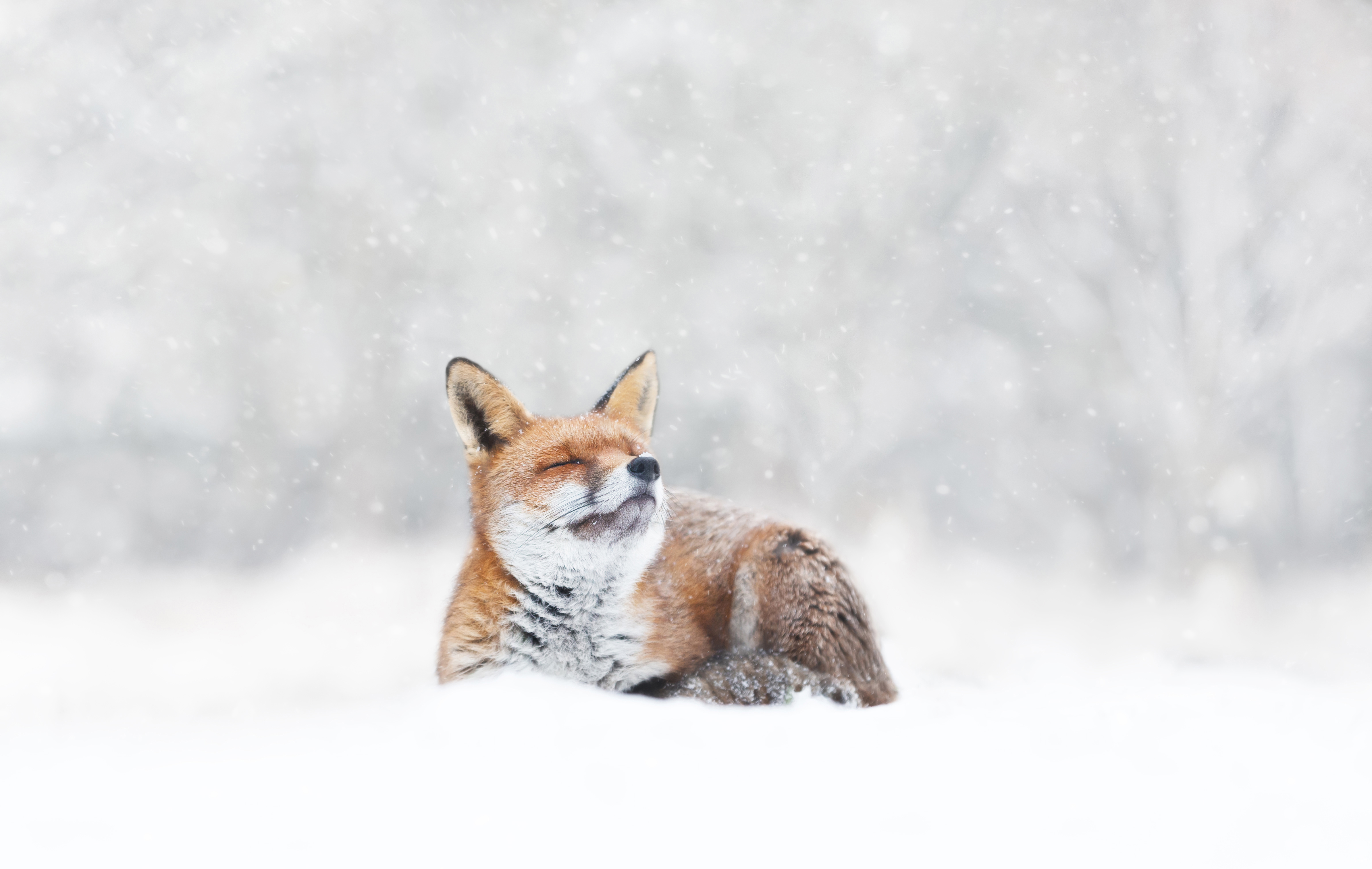 Baby, it’s cold outside (even if you have a natural fur coat): How our animals brave the winter chill
Baby, it’s cold outside (even if you have a natural fur coat): How our animals brave the winter chillWhen the temperature drops, how do Britain’s birds, beasts and plants keep the cold at bay? John Lewis-Stempel reveals Nature’s own thermals.
-
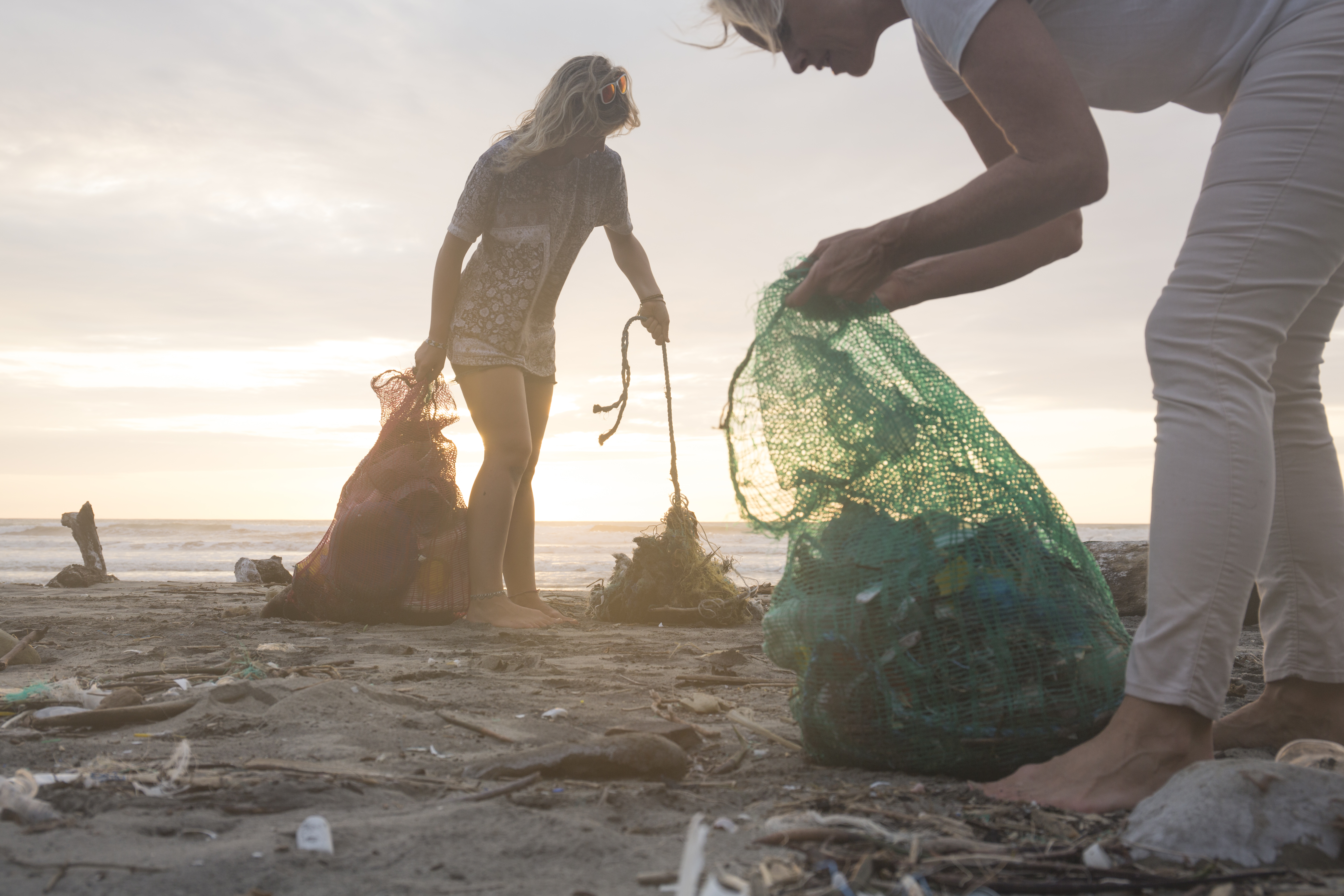 Retro rubbish: Waste from the 90s unearthed in 97-mile-long beach clean
Retro rubbish: Waste from the 90s unearthed in 97-mile-long beach cleanThe 6,482 volunteers unearthed waste discarded decades ago among the 232,229 pieces of litter recorded during the initiative.
-
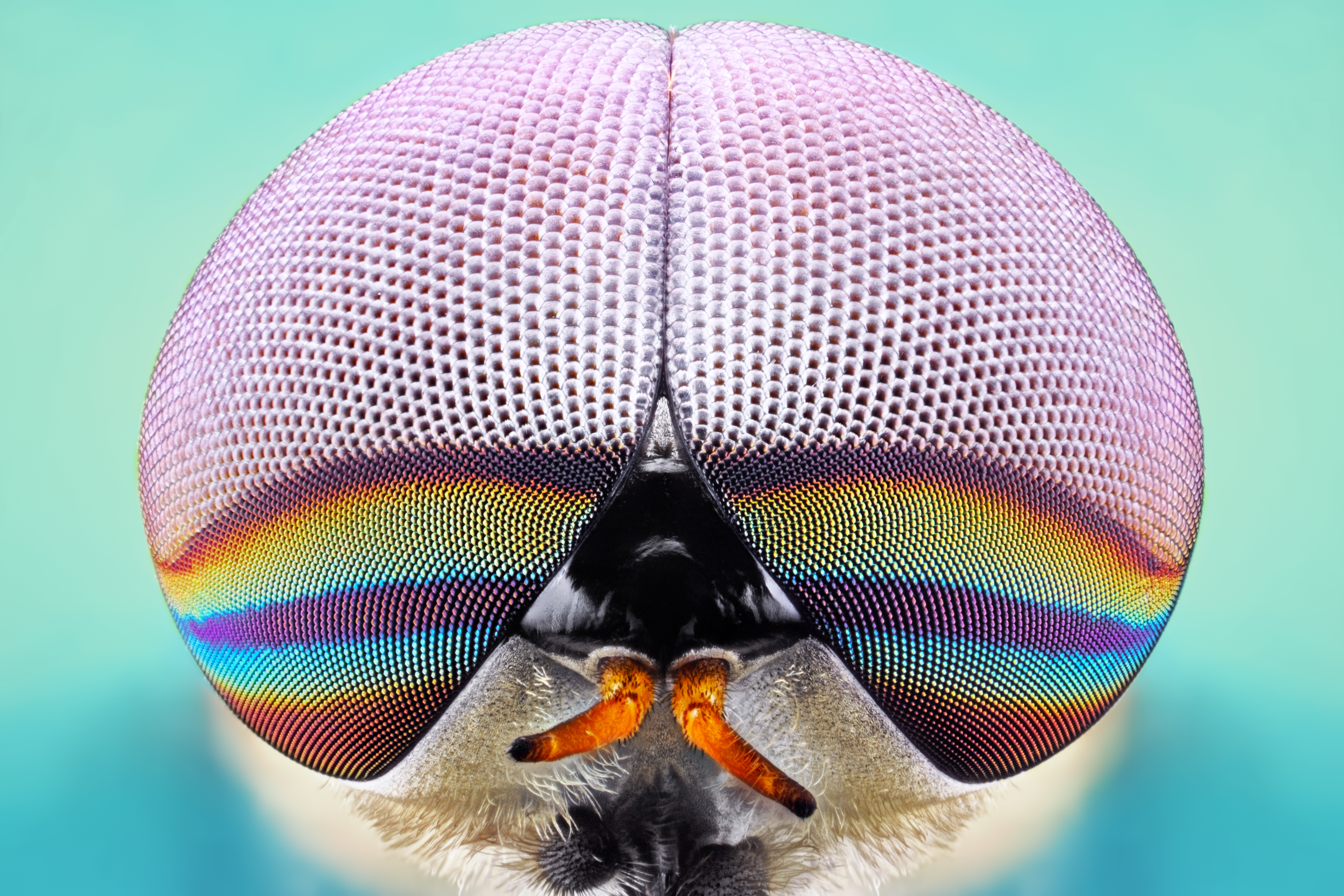 Dangerous beasts (and where to find them): Britain's animals that are best left alone
Dangerous beasts (and where to find them): Britain's animals that are best left aloneJohn Lewis-Stempel provides a miscellany of our otherwise benign land’s more fearsome critters.
-
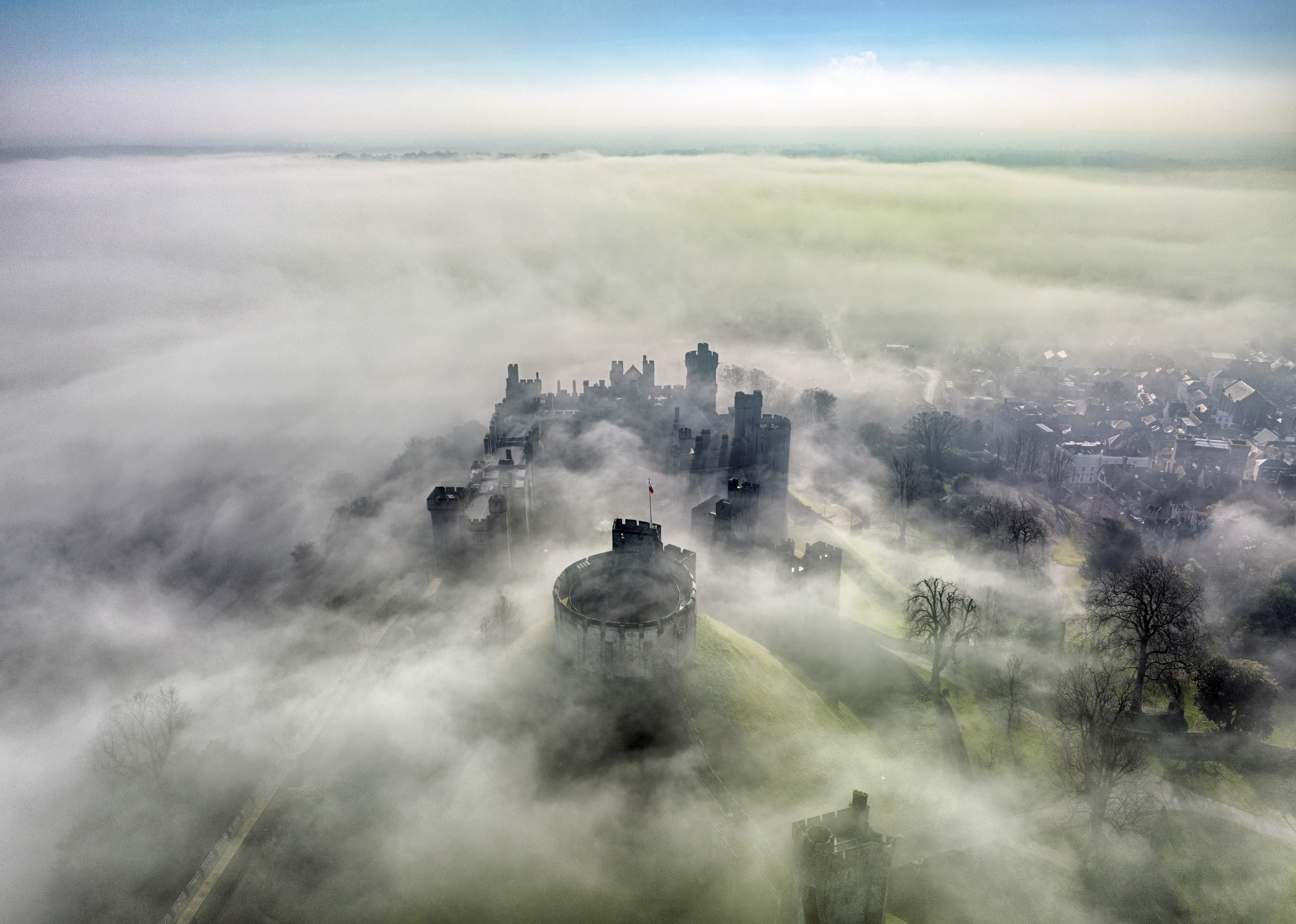 Mystery, muse and metaphor: There's more to fog than meets the eye
Mystery, muse and metaphor: There's more to fog than meets the eyeSmothering, transformative and beautiful, fog’s close-set shroud has inspired titans of literature, cinema and art — and forces the rest of us to look at the world a little closer.
-
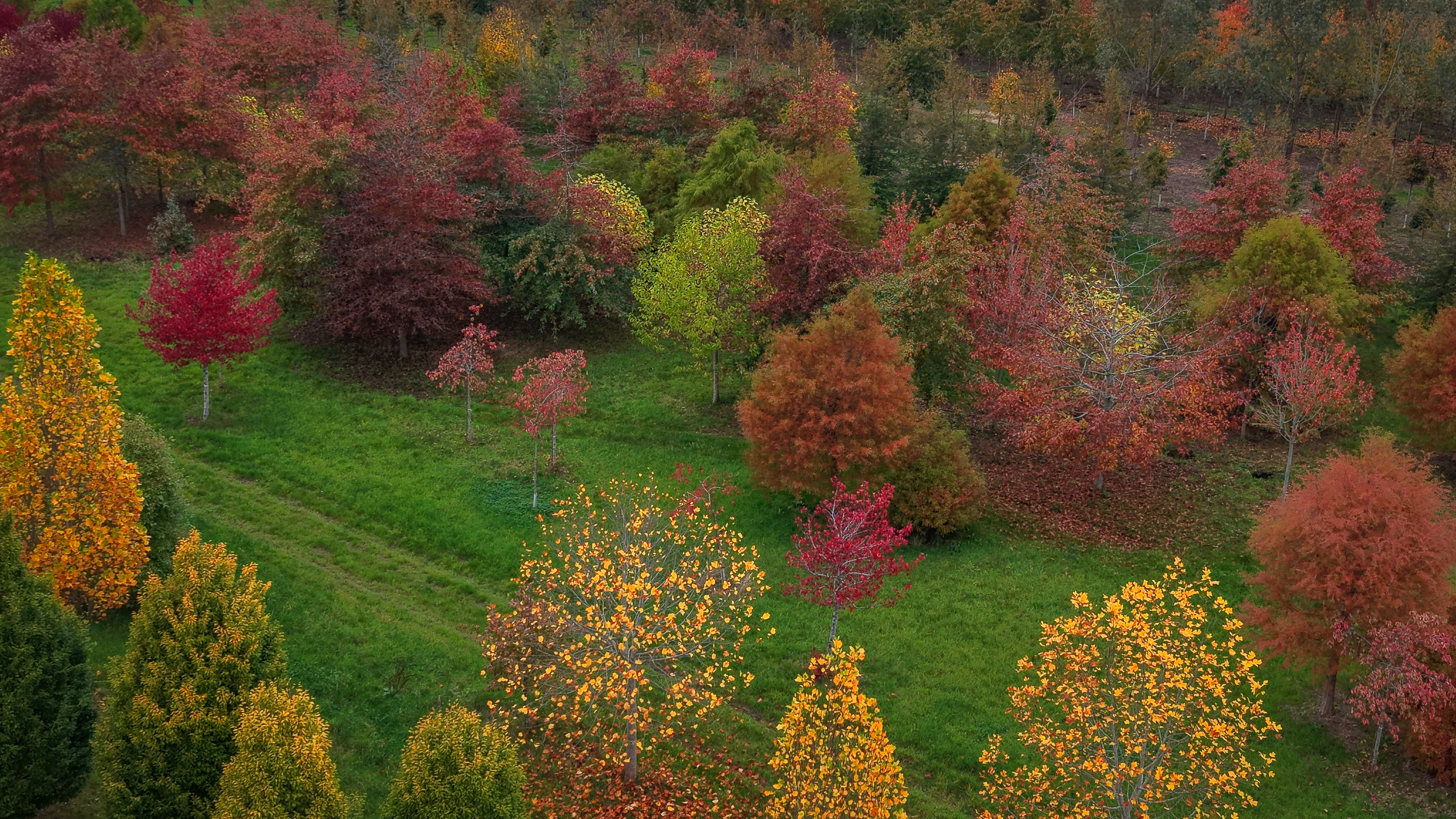 Take a bough: How — and why — you should plant a mature tree
Take a bough: How — and why — you should plant a mature treeFor instant impact in a newly landscaped garden, there’s nothing quite like planting mature trees or native hedgerow plants for transformative and long-lasting results.
-
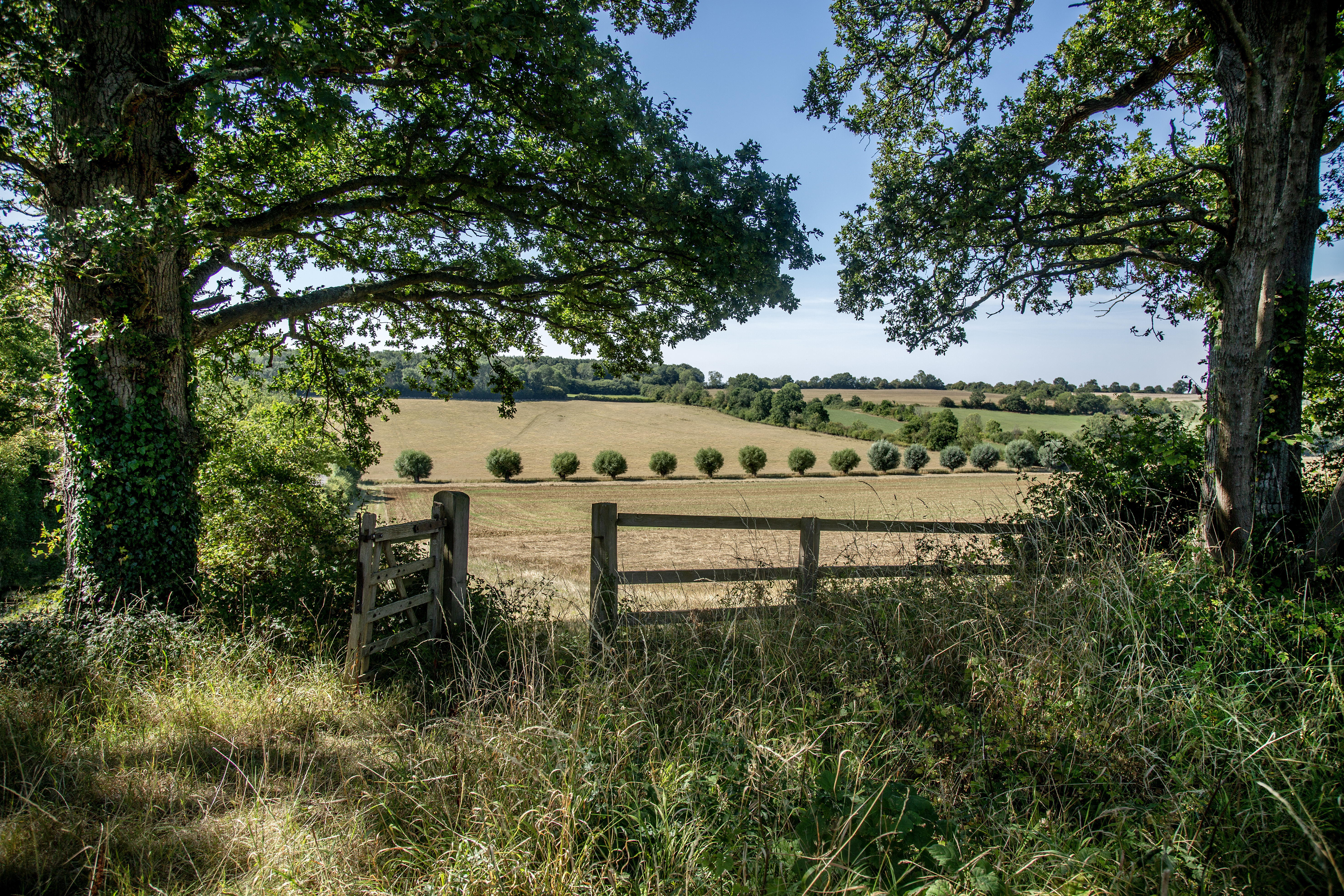 'The view changes with the seasons, so there’s always something new to see': David Beckham on one of his favourite sights in the Cotswolds
'The view changes with the seasons, so there’s always something new to see': David Beckham on one of his favourite sights in the CotswoldsSir David Beckham discovered this Cotswolds view while looking for a house to buy.
-
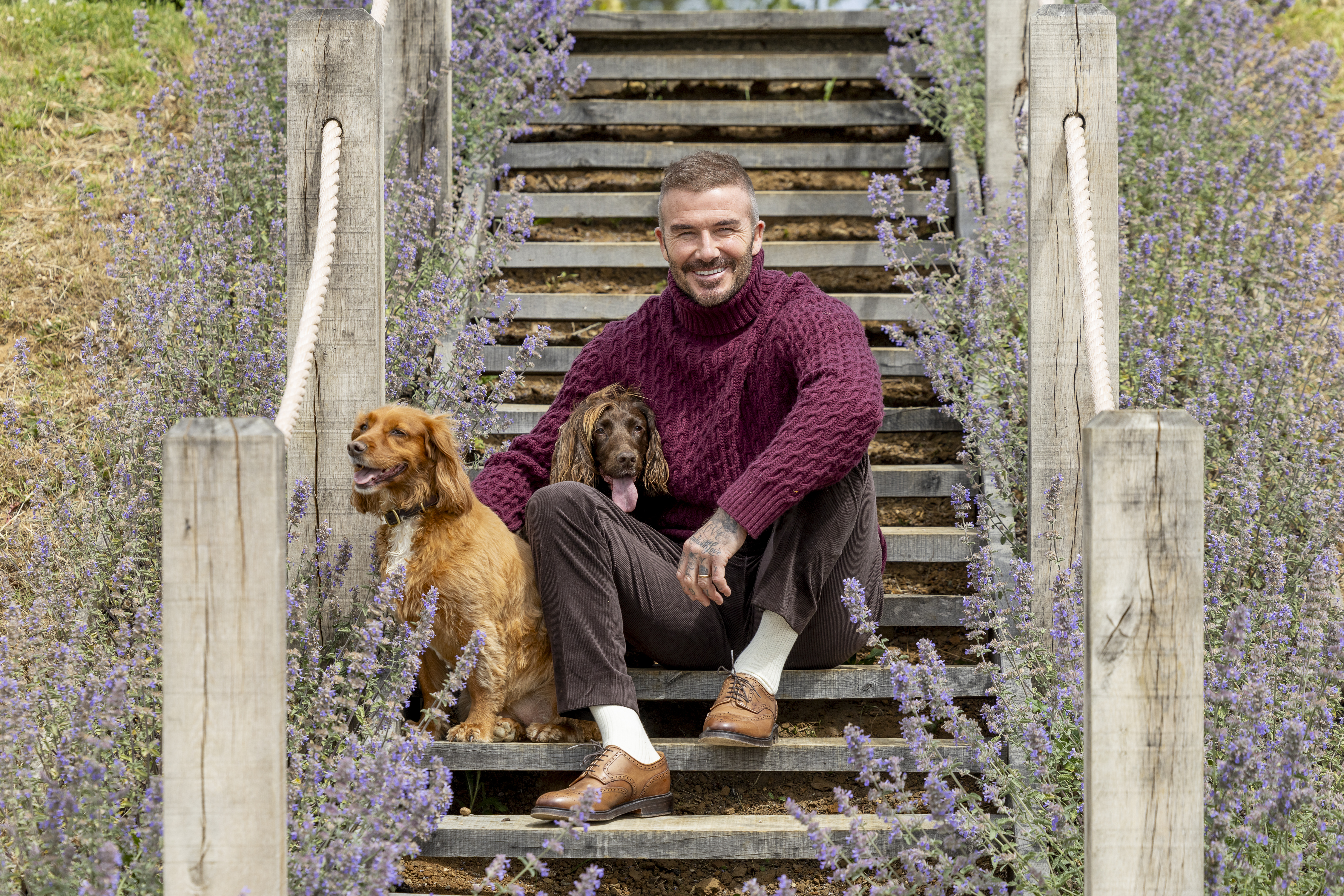 'It makes me feel as if I’ve done a good job as a father and that I did the right thing in wanting us to have a house here': David Beckham on why the countryside matters so much to him and his family
'It makes me feel as if I’ve done a good job as a father and that I did the right thing in wanting us to have a house here': David Beckham on why the countryside matters so much to him and his familySir David Beckham talks to Paula Minchin about discovering the joys of beekeeping and gardening.


